Thoughts on Trauma & Resilience: What is trauma? What is resilience?
- Pam Alexander, Ph.D.
- Apr 19, 2017
- 2 min read
Trauma is typically equated with the experience of abuse such as physical or sexual abuse, domestic violence, stranger rape, or other physical assault. These forms of maltreatment have significant short-term and long-term outcomes as subsequent blogs will describe. However, we’re beginning to learn that, for a child anyway, neglect and emotional abuse may be even more traumatic and damaging in their effects. Other sources of trauma, such as the loss of a parent due to death or divorce or the unavailability of a parent because of the parent’s hospitalization, substance abuse, incarceration, or mental illness may be especially frightening to a child. For example, during the bombing of London in WWII, children who were sent to the safety of the countryside but without access to their parents actually exhibited more symptoms of distress than children who remained in the city with their parents (Bowlby, 1973). Therefore, research on trauma and the effects of maltreatment suggests that we look more broadly at what is experienced as trauma.
The notion of resilience in the face of trauma is even harder to define. Many individuals who have been called “resilient” may simply have undergone less intrusive or less violent experiences of maltreatment. On the other hand, some individuals seem able to overcome or transcend horrific backgrounds or encounters and to subsequently develop or maintain loving and emotionally supportive relationships with their partners, their children and others. While many of these individuals may continue to suffer depression, anxiety and other mental health symptoms, for some reason they are able to keep their past from affecting their interactions with current important people in their lives.
What we know about these resilient individuals gives us a roadmap for what to focus on in psychotherapy. For example, we know that individuals who have been able to overcome the history of a difficult childhood have most likely known an emotionally supportive person on whom they could rely. This supportive person might have been a parent or grandparent, a teacher, a friend’s parent, a current partner or a psychotherapist. Some people with a history of trauma describe a relationship with God. Whatever the source, the abused or traumatized individual says that this supportive person “saw something in me” and provided a model for a different way of being. Another characteristic of resilience is an awareness or understanding of the effects of the maltreatment. In essence, having a coherent narrative of one’s own history allows the abused individual to let go of the self-blame and shame that often accompany abuse, to grieve the loss of a happier childhood and to choose a different pathway for human relationships than what he/she personally experienced.
While these sources of resilience spring from interpersonal relationships, resilience also stems from factors ranging from the neurobiological to personality traits to social context. The focus of this blog will be upon what is known about the huge variety of events and relationships that are experienced as traumatic by children and adults, the effects of this trauma, and the factors that can counteract or lessen the effects.
Bowlby, J. (1973). Attachment and loss. Vol. 2. Separation: Anger and anxiety. New York: Basic Books.
